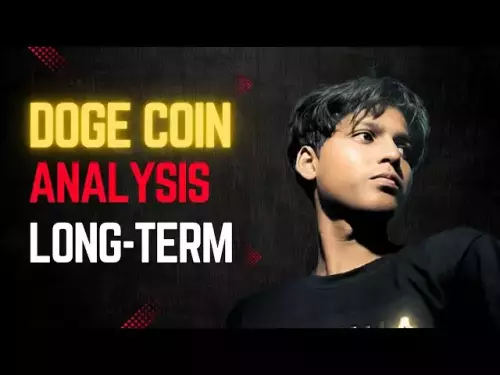-
 Bitcoin
Bitcoin $112000
0.67% -
 Ethereum
Ethereum $4459
2.83% -
 XRP
XRP $2.865
1.34% -
 Tether USDt
Tether USDt $1.001
0.01% -
 BNB
BNB $858.9
1.13% -
 Solana
Solana $211.7
4.26% -
 USDC
USDC $1.000
-0.03% -
 Dogecoin
Dogecoin $0.2183
3.02% -
 TRON
TRON $0.3409
0.84% -
 Cardano
Cardano $0.8369
2.18% -
 Chainlink
Chainlink $23.66
2.19% -
 Hyperliquid
Hyperliquid $45.88
2.93% -
 Ethena USDe
Ethena USDe $1.001
0.04% -
 Sui
Sui $3.387
3.88% -
 Bitcoin Cash
Bitcoin Cash $597.7
3.69% -
 Stellar
Stellar $0.3665
1.07% -
 Avalanche
Avalanche $25.44
6.94% -
 Hedera
Hedera $0.2220
3.74% -
 Cronos
Cronos $0.2753
6.24% -
 UNUS SED LEO
UNUS SED LEO $9.509
-0.58% -
 Litecoin
Litecoin $112.8
1.67% -
 Toncoin
Toncoin $3.182
1.65% -
 Shiba Inu
Shiba Inu $0.00001249
1.07% -
 Polkadot
Polkadot $3.874
2.75% -
 Uniswap
Uniswap $9.663
1.92% -
 Bitget Token
Bitget Token $5.033
0.23% -
 World Liberty Financial
World Liberty Financial $0.2182
-2.71% -
 Dai
Dai $1.000
0.02% -
 Monero
Monero $268.9
2.68% -
 Aave
Aave $325.3
4.17%
What is the Howey Test and its relevance to crypto?
The Howey Test determines if a digital asset is a security by assessing investment, common enterprise, profit expectation, and reliance on third-party efforts.
Aug 31, 2025 at 06:00 am
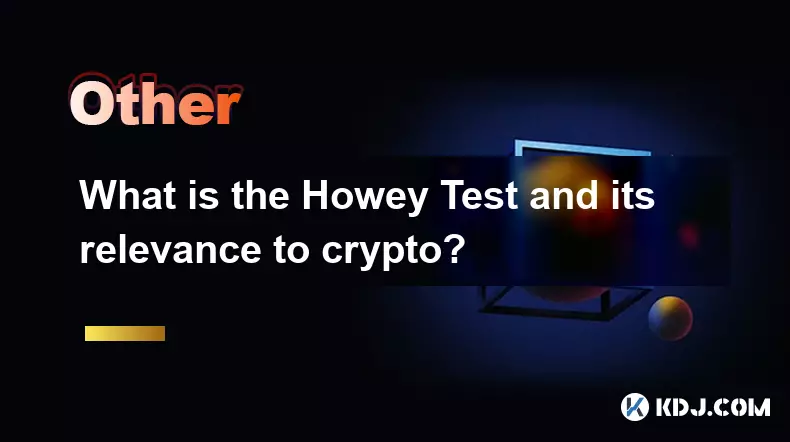
Understanding the Howey Test in Financial Regulation
1. The Howey Test originated from a 1946 U.S. Supreme Court case, SEC v. W.J. Howey Co., which established a framework for determining whether a transaction qualifies as an investment contract. This legal benchmark has since become central to securities law in the United States. The core of the test lies in assessing whether participants are investing money in a common enterprise with the expectation of profit derived from the efforts of others.
2. When applied, regulators analyze four key components: an investment of money, in a common enterprise, with an expectation of profits, primarily from the efforts of a promoter or third party. If all four criteria are met, the arrangement is classified as a security, subjecting it to registration and disclosure requirements under federal law.
3. The test does not depend on the form of the instrument but rather on the economic reality of the transaction. This functional approach allows regulators to look beyond labels such as 'token' or 'digital asset' and focus on how the asset is marketed and used in practice.
4. Over the decades, the Howey Test has been applied to various financial instruments, including real estate contracts, franchise agreements, and pooled investment vehicles. Its adaptability makes it a powerful tool for identifying unregistered securities, even in novel or complex arrangements.
5. Courts and regulatory agencies have consistently upheld the test as the primary standard for securities classification. Its enduring relevance stems from its ability to capture the essence of investment risk and reliance on third-party management, which are hallmarks of traditional securities markets.
Application of the Howey Test to Cryptocurrencies
1. As blockchain-based tokens emerged, regulators faced the challenge of determining whether these digital assets constituted securities. The U.S. Securities and Exchange Commission (SEC) began applying the Howey Test to initial coin offerings (ICOs) and token sales, particularly those involving fundraising from retail investors.
2. In cases where a project raised funds by selling tokens with promises of future platform development, network access, or profit potential through resale, the SEC often concluded that the tokens met the Howey criteria. This led to enforcement actions against companies that failed to register their offerings.
3. A notable example is the 2017 DAO investigation, where the SEC determined that DAO tokens were securities because investors contributed Ether to a common enterprise (the DAO) expecting returns from the managerial efforts of the developers. This set a precedent for treating certain token sales as securities offerings.
4. The distinction between utility tokens and investment tokens became a focal point. Projects claiming their tokens were purely for accessing services often faced scrutiny if marketing materials emphasized potential price appreciation or passive income generation.
5. Regulatory clarity remains inconsistent, leading many crypto projects to seek safe harbors or exemptions, such as Regulation D or Regulation A+, to legally distribute tokens without triggering full securities compliance.
Impact on Crypto Projects and Market Behavior
1. The application of the Howey Test has significantly influenced how blockchain startups structure their token launches. Many now avoid explicit promises of profit and instead emphasize decentralized governance and immediate utility to reduce the risk of being classified as securities.
p>2. Some projects delay token distribution until after a functional network is live, arguing that post-launch tokens are less likely to be seen as investments in a common enterprise. This strategy attempts to shift the economic reality away from speculative anticipation.
3. Exchanges have also responded by delisting tokens deemed to be unregistered securities. This creates market uncertainty, as the legal status of a token can change based on regulatory interpretation rather than technical attributes.
4. Investors face increased complexity when evaluating crypto assets, as the line between a tradable commodity and a regulated security is often blurred. Misclassification can lead to legal exposure for both issuers and trading platforms.
5. The global nature of blockchain networks complicates enforcement, as U.S. regulations may not apply uniformly across jurisdictions. However, the influence of the SEC’s stance affects international markets due to the dominance of U.S. capital and legal precedent.
Frequently Asked Questions
What happens if a cryptocurrency is deemed a security?It must comply with federal securities laws, including registration with the SEC, providing disclosures, and adhering to reporting requirements. Failure to do so can result in fines, legal action, and forced refunds to investors.
Can a token be both a utility and a security?Yes, under the Howey Test, a token’s classification depends on how it is sold and used. Even if a token has utility, it may still be considered a security if investors expect profits from others' efforts during the initial sale.
Does the Howey Test apply outside the United States?The Howey Test is specific to U.S. law. Other countries use different frameworks to assess whether digital assets are securities, though some adopt similar economic substance principles.
Have any major crypto platforms been charged under the Howey Test?Yes, the SEC has taken action against platforms like Ripple Labs and Binance, alleging that certain tokens such as XRP and BNB were sold as unregistered securities through promotional campaigns that implied profit expectations.
Disclaimer:info@kdj.com
The information provided is not trading advice. kdj.com does not assume any responsibility for any investments made based on the information provided in this article. Cryptocurrencies are highly volatile and it is highly recommended that you invest with caution after thorough research!
If you believe that the content used on this website infringes your copyright, please contact us immediately (info@kdj.com) and we will delete it promptly.
- Max Keiser, El Salvador, and Bitcoin: A Budding Bromance?
- 2025-09-03 22:25:15
- XRP Cash Flow: Turning $100,000 into a Daily Stream?
- 2025-09-03 22:45:12
- Ethereum Price, Q4 Prediction, and Layer Brett: What's the Buzz?
- 2025-09-03 22:45:12
- Bitcoin, Safety Net, and ChangeNOW: Navigating the Crypto Landscape Like a New Yorker
- 2025-09-03 22:50:12
- Pump.fun's Fee Revolution: Dynamic Fees and the Future of Creator Economics
- 2025-09-03 22:55:12
- Trust Wallet, Tokenized Stocks, and Ondo: A New Era for Global Finance?
- 2025-09-03 23:00:12
Related knowledge
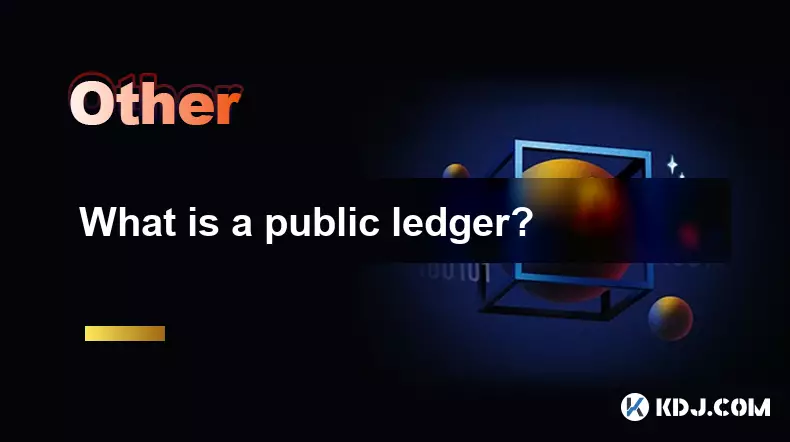
What is a public ledger?
Sep 03,2025 at 07:18pm
Understanding the Concept of a Public Ledger1. A public ledger is a decentralized database that records transactions across multiple computers in a wa...
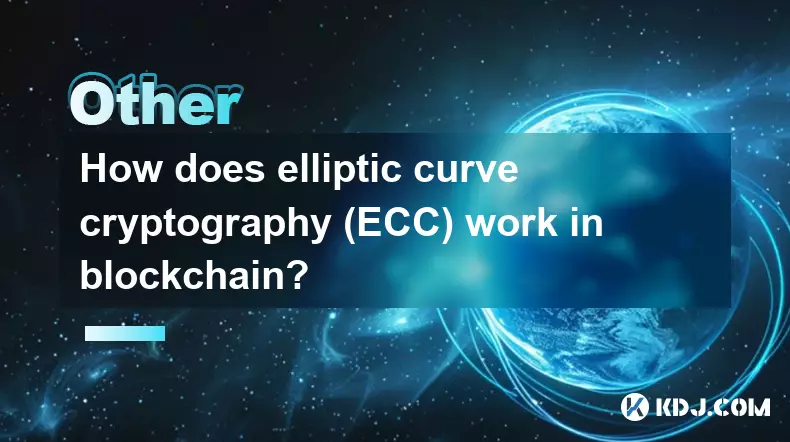
How does elliptic curve cryptography (ECC) work in blockchain?
Sep 03,2025 at 11:55am
Understanding Elliptic Curve Cryptography in Blockchain1. Elliptic Curve Cryptography (ECC) plays a foundational role in securing blockchain networks....
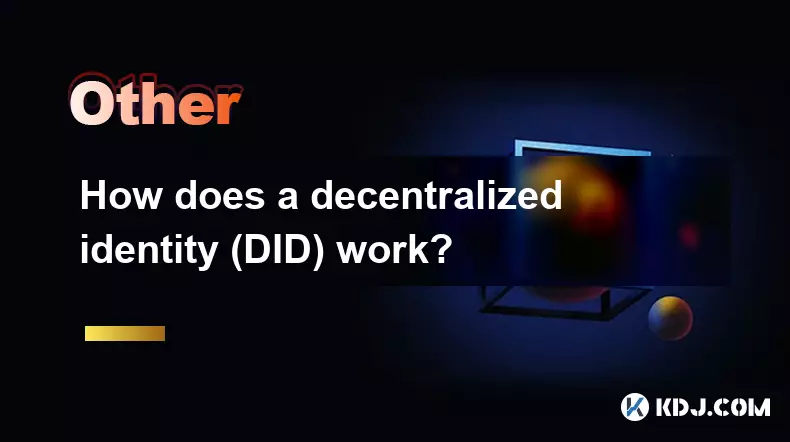
How does a decentralized identity (DID) work?
Sep 03,2025 at 07:54pm
Understanding Decentralized Identity in the Blockchain Ecosystem1. A decentralized identity (DID) operates on blockchain networks, allowing individual...
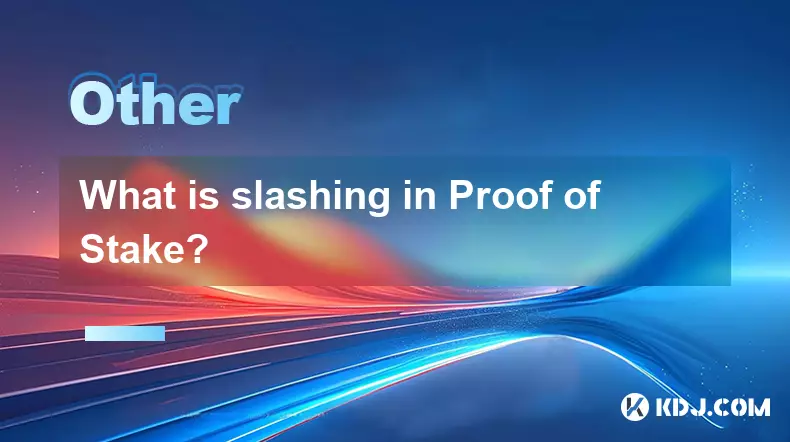
What is slashing in Proof of Stake?
Sep 03,2025 at 10:00am
Understanding Slashing in Proof of Stake Networks1. Slashing is a penalty mechanism used in Proof of Stake (PoS) blockchain systems to enforce honesty...

How do you participate in a project's governance?
Sep 02,2025 at 09:01pm
Understanding Governance in Blockchain Projects1. Governance in blockchain ecosystems allows token holders to influence the direction and policies of ...
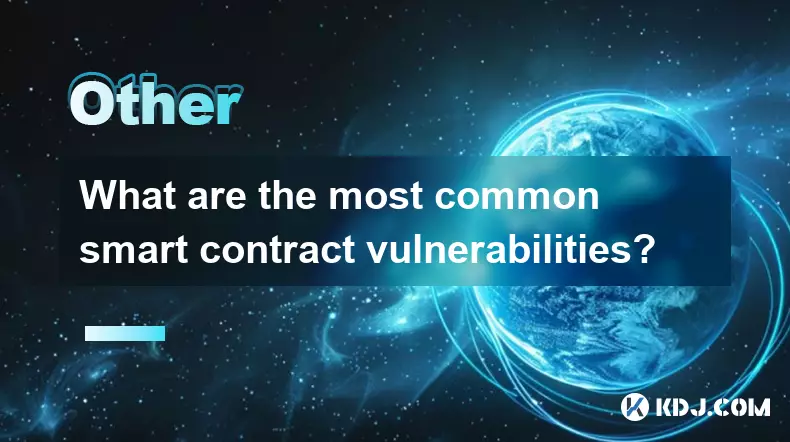
What are the most common smart contract vulnerabilities?
Sep 03,2025 at 09:18am
Reentrancy Attacks1. Reentrancy is one of the most notorious vulnerabilities in smart contracts, famously exploited in the DAO attack. It occurs when ...

What is a public ledger?
Sep 03,2025 at 07:18pm
Understanding the Concept of a Public Ledger1. A public ledger is a decentralized database that records transactions across multiple computers in a wa...

How does elliptic curve cryptography (ECC) work in blockchain?
Sep 03,2025 at 11:55am
Understanding Elliptic Curve Cryptography in Blockchain1. Elliptic Curve Cryptography (ECC) plays a foundational role in securing blockchain networks....

How does a decentralized identity (DID) work?
Sep 03,2025 at 07:54pm
Understanding Decentralized Identity in the Blockchain Ecosystem1. A decentralized identity (DID) operates on blockchain networks, allowing individual...

What is slashing in Proof of Stake?
Sep 03,2025 at 10:00am
Understanding Slashing in Proof of Stake Networks1. Slashing is a penalty mechanism used in Proof of Stake (PoS) blockchain systems to enforce honesty...

How do you participate in a project's governance?
Sep 02,2025 at 09:01pm
Understanding Governance in Blockchain Projects1. Governance in blockchain ecosystems allows token holders to influence the direction and policies of ...

What are the most common smart contract vulnerabilities?
Sep 03,2025 at 09:18am
Reentrancy Attacks1. Reentrancy is one of the most notorious vulnerabilities in smart contracts, famously exploited in the DAO attack. It occurs when ...
See all articles























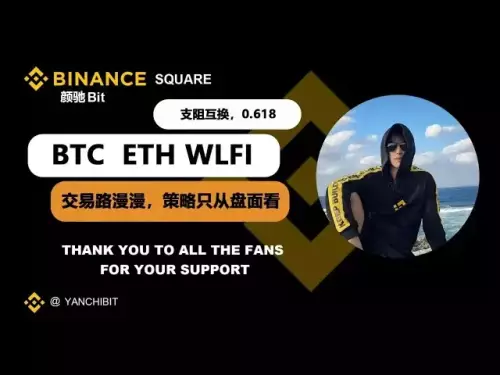

![Litecoin Price Prediction [LTC Crypto Price News] Litecoin Price Prediction [LTC Crypto Price News]](/uploads/2025/09/03/cryptocurrencies-news/videos/litecoin-price-prediction-ltc-crypto-price-news/68b83c0a82563_image_500_375.webp)
